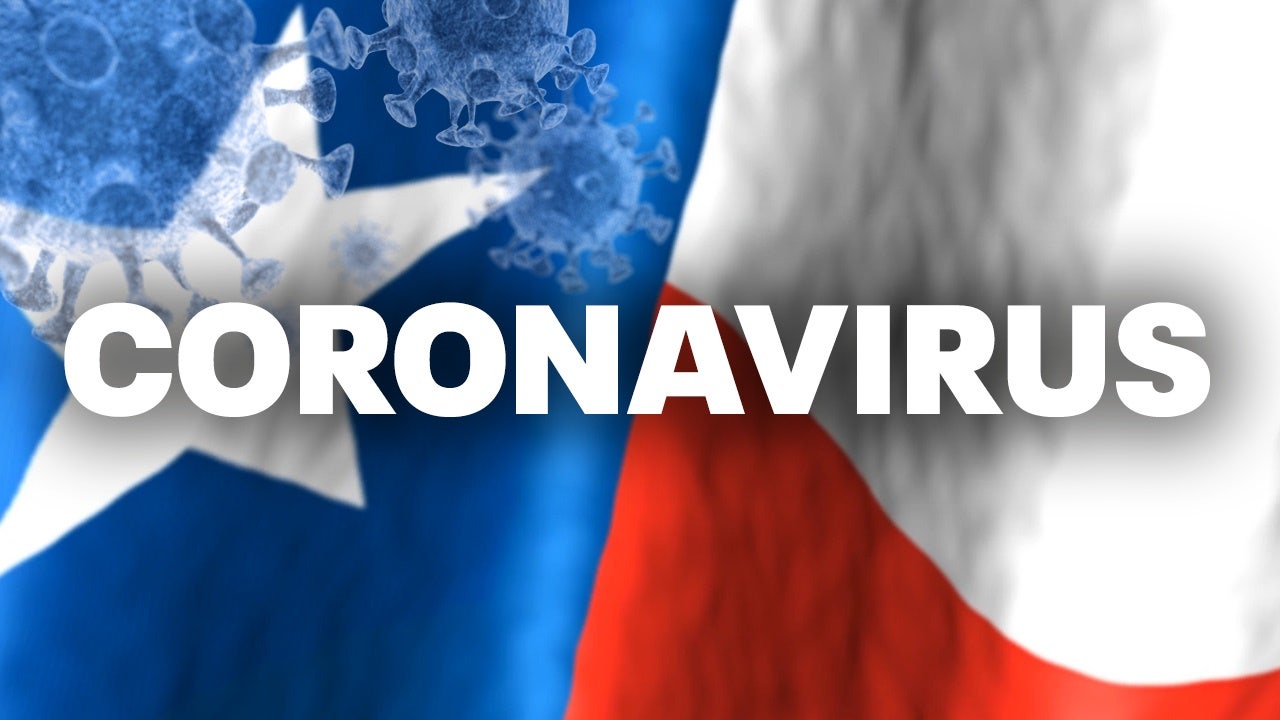I know the difference, but one isn’t riskier than the other. There are still many non essential businesses open in Houston.
Yes there are.
But many are closed. And many customers are staying at home.
There seems to be this odd attitude from people of, “if it’s not 100%, why bother? If cloth masks don’t filter out 100% of the virus, why wear a mask at all? If 50% of people ignore stay-home recommendations, why have stay-home recommendations?”
Each preventative step reduces Viral transmission. The R0 number. If it’s above 1.0, things are bad. If it’s below, 1.0, things are good.
So imagine Houston, hypothetically: May— people were mostly not wearing masks. Most businesses were re-opening with some social distancing. The R0 jumped to 1.5 or 2.0.
As cases increased, people started getting more cautious on their own.R0 drops to 1.4.
Houston strongly urges people to voluntarily stay home. Enough people follow the advice, R0 drops to 1.2.
Governor mandates masks and other restrictions... R0 drops to 1.0.
The numbers are for demonstration only. But 1.0 is about where Houston is now.. after being much higher a month ago.
The more they reduce it, the faster cases will start to drop.

